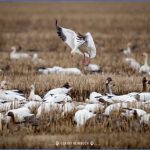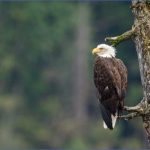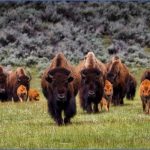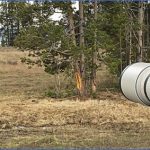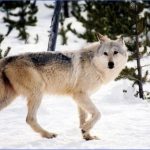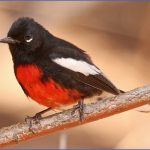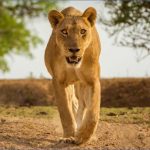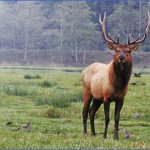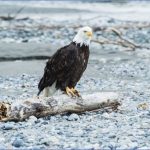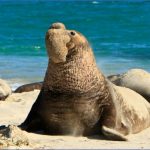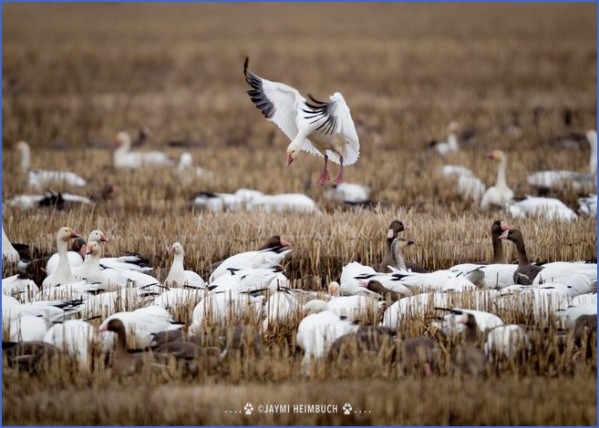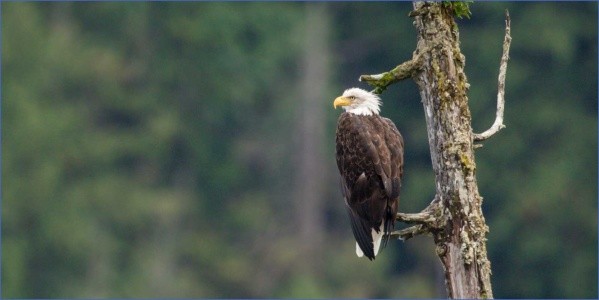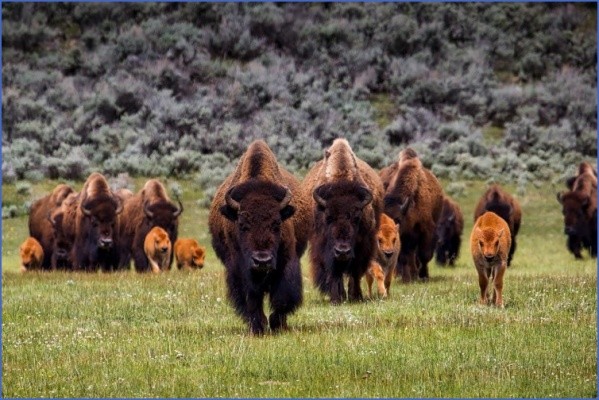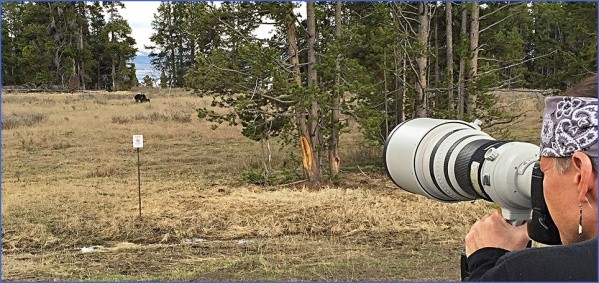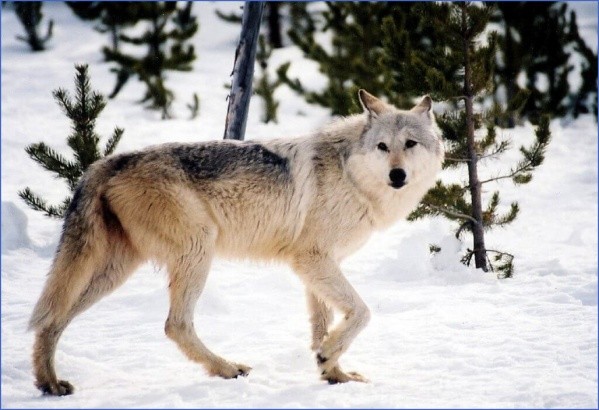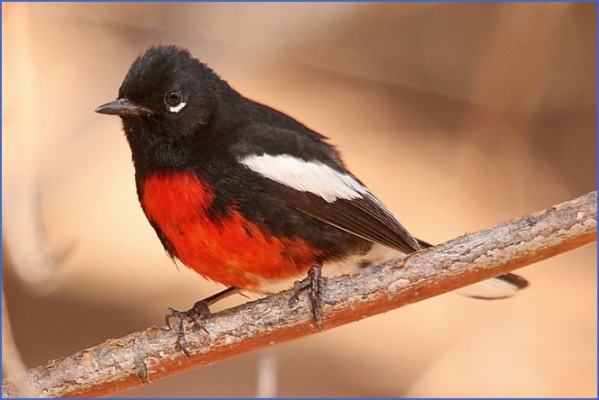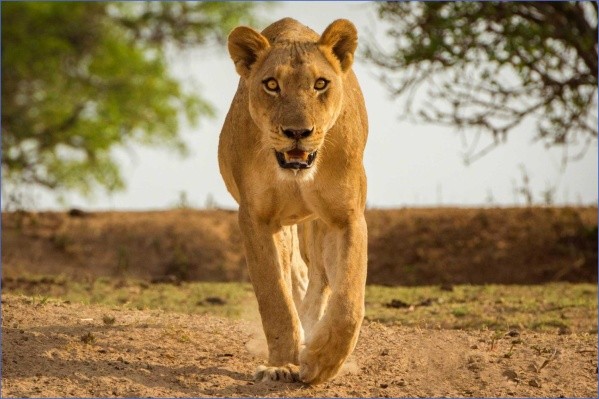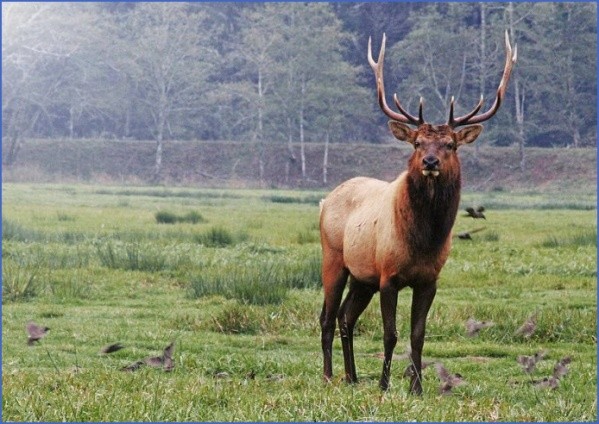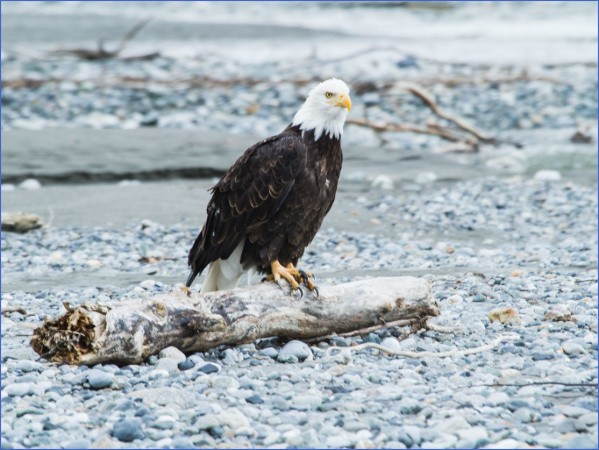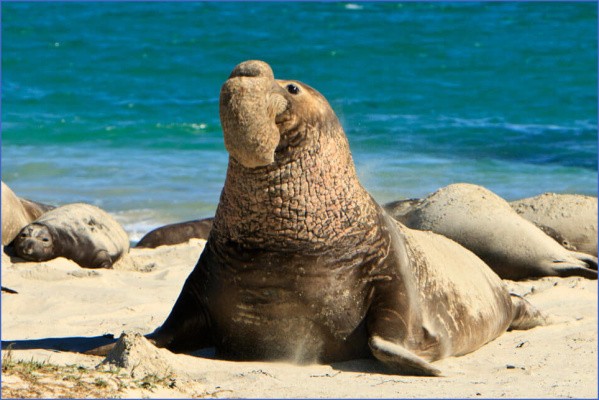The U.S. Fish and Wildlife Service (FWS, www.fws.gov) conducts the National Survey of Fishing, Hunting, and Wildlife Related Recreation every five years, most recently in 2012. According to the survey, 71.8 million people ages 16 years old and older (30% of all Americans) feed, photograph, and observe wildlife, spending nearly $54.9 billion each year on their activities, an average of $981 per spender.
The FWS survey uses a strict definition of wildlife watching. Participants must either take a “special interest” in wildlife around their homes or take a trip for the “primary purpose” of wildlife watching. Secondary wildlife-watching activities such as incidentally observing wildlife while pleasure driving are not included.
Of the 71.8 million wildlife watchers, 22.5 million take trips away from home to engage in this interest. About 82% of all away-from-home participants take trips within their resident state to participate in wildlife watching. Approximately 70% take trips only in their resident state, 12% take trips both inside and outside their resident state, and 18% take trips only to other states. Altogether, 30% of all away-from-home participants take at least some of their trips to other states.
Wildlife watchers spend $17.3 billion each year on trips pursuing their activities. Food and lodging account for $9.3 billion, transportation expenses total $6.0 billion, and other trip costs, such as land use fees and equipment rental, amount to $1.9 billion for the year.
Wildlife Watching Destinations in USA Photo Gallery
The following is away-from-home participation by wildlife observers:
• Birds:
• Large land mammals (deer, bear, etc.):
• Small land mammals (squirrel, rabbit, etc.):
• Fish (salmon, shark, etc.):
• Marine mammals (whales, dolphins, seals, etc.):
• Other wildlife (butterflies, turtles, etc.):
• Total:
Away-from-home participation rates by region
• Mountain: 13%
• West North Central: 11%
• East South Central: 10%
• New England: 10%
• Pacific: 10%
18.9 million
10.4 million 10.3 million
6.4 million 4.0 million 10.1 million 22.5 million are as follows:
• East North Central: 9%
• South Atlantic: 9%
• Middle Atlantic: 8%
• West South Central: 6%
Wildlife Watching Destinations
The following are among the more prominent locales in the U.S. for observing
wildlife in their natural habitats:
• Approximately 40 species of mammals dwell in Denali National Park (Alaska), including grizzly bears, Dall sheep, and moose. Cruise companies sailing Alaska offer packages that include Denali land excursions.
• Isle Royale National Park (Michigan), site of the world’s longest-running wolf/moose predator/prey study, is a sanctuary for these two animals. They are two of the main attractions here, but visitors can also spot beaver, red fox, lynx, snowshoe hare, mink, osprey, and bald eagles. Access is by ferry or float plane only.
• In Montana, hundreds of buffalo, elk, bighorn sheep, black bear, white-tailed and mule deer, pronghorn antelope, and coyotes roam 18,766 acres at the National Bison Range. More than 200 species of birds can also be found in the area.
• Moose Alley is a designated Watchable Wildlife Corridor running from Pittsburg, New Hampshire, to the Canadian border. The best times to see moose are in the early morning and at dusk. There is a viewing station on Route 26 in Dixville Notch.
• Assateague National Wildlife Refuge, in Maryland, and Chincoteague National Wildlife Refuge, in Virginia, are famous for their herds of wild ponies. The annual Pony Swim is in July, when the ponies swim across the Assateague Channel. Tiny Sika deer, fox squirrels, muskrats, white-tailed deer, raccoons, and more than 300 varieties of birds can also be sighted at the refuges.
• Spring Creek Ranch (www.springcreekranch.com), in Jackson Hole, Wyoming, near Grand Teton National Park and Yellowstone National Park, offers a variety of wildlife experiences for its guests. Wildlife viewing may include herds of bison, moose, elk, mule deer, pronghorn antelope, coyotes, and birds of prey.
• Air boating is an ideal way to view wildlife in The Everglades. Less than an hour from Miami, tours by Everglades Safari Tours (www.evsafaripark.com), among other operators, will take visitors into the river of grass, amid native flora, alligators, and dozens of waterbird species. Panthers are also in the area, but too elusive for spotting.
• Along Kittatinny Range of the Appalachian T rail in northern New Jersey and southern New York state, bear sightings are common.
The 2016 Readers Choice Awards poll by 10Best (www.10best.com), a USA
Today travel site, ranked the Best Places to See Wildlife as follows:
1. Wichita Mountains Wildlife Refuge (Oklahoma)
2. Yellowstone National Park (Montana, Wyoming)
3. Wind Cave National Park (South Dakota)
4. Rocky Mountain Arsenal National Wildlife Refuge (Colorado)
5. Denali National Park (Alaska)
6. Rocky Mountain National Park (Colorado)
7. Blue Ridge Parkway (North Carolina, Virginia)
8. Grand Teton National Park (Wyoming)
9. Glacier National Park (Montana)
10. Kodiak National Wildlife Refuge (Alaska)
The 2016 Readers Choice Awards poll ranked the Best National Park Wildlife Experiences as follows:
1. Bear Viewing at Brooks Camp (Katmai National Park)
2. Old Fall River Road Trip (Rocky Mountain National Park)
3. Wake Up to Wildlife (Yellowstone National Park)
4. Frenchman Bay Cruise (Acadia National Park)
5. Tundra Wilderness Tour (Denali National Park)
6. Wilderness Canoe Tours (Congaree National Park)
7. Big Sky Circle Tour (Glacier National Park)
8. Shark Valley Tram Tours (Everglades National Park)
9. Glacier Bay Tour Boat (Glacier Bay National Park)
10. Sensational Salamanders (Great Smoky Mountains National Park)
Maybe You Like Them Too
- Top 10 Islands You Can Buy
- Top 10 Underrated Asian Cities 2023
- Top 10 Reasons Upsizing Will Be a Huge Travel Trend
- Top 10 Scuba Diving Destinations
- World’s 10 Best Places To Visit

